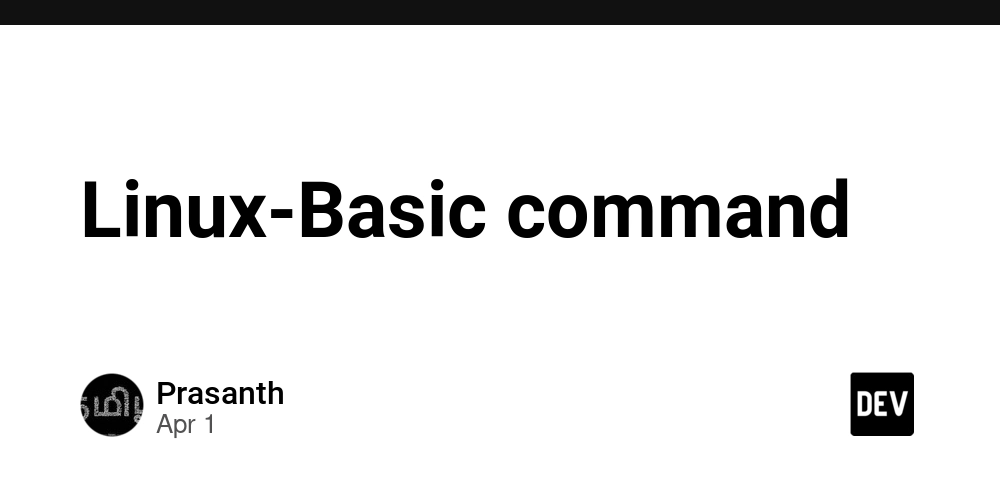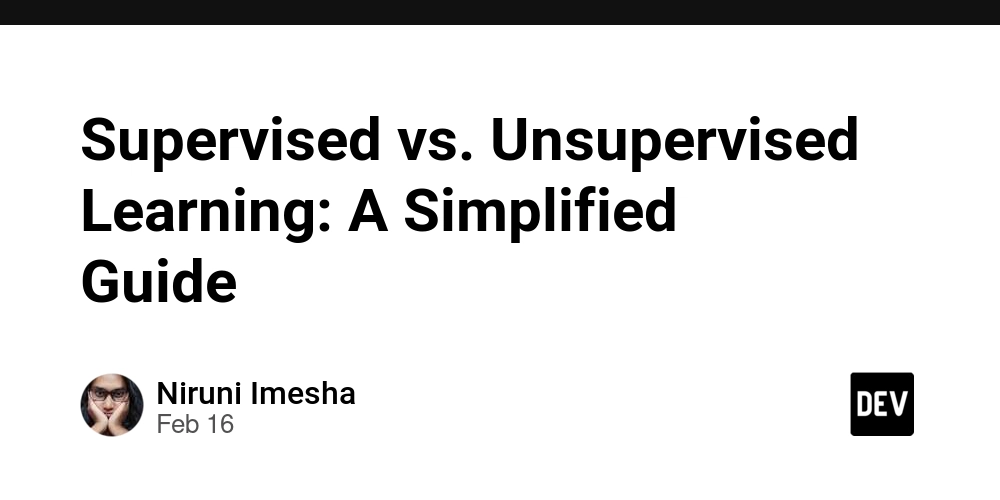Linux-Basic command
Table-content: 1.Terminal Cursor movement 2.Basic commands 3.Standard Streams in Linux 1.Terminal Cursor movement i. Ctrl + A - move to the beginning of the lin e ii. Ctrl + E - Move to the end of the line iii. Ctrl + B -- Move backward one character iv. Ctrl + F - move forward one character v. Alt + B - Move backward one word vi. Alt + F - Move forward one word vii. Ctrl + R - Reverse search command history, Ctrl + R after press up Arrow. viii. Ctrl + G cancel search history. ix. Ctrl + L - clear the terminal X. TAB - auto completion filename or command xi. Ctrl + Z - stop the current command and resume wit fg in foreground or bg in background xii. !! = repeat last command. 2.Basic commands 1.check current working directory => #pwd output:- /root 2.check current logged user i. $ whoami- Display the username of currently logged in user. ii.$ who - shows all logged user along with terminal sessions iii. $ w - shows all logged user along with terminal sessions with activities. 3.chck the system hostname i. $ hostname ii. Show the detailed information about Hostname $ hostnamectl iii. check system ip & mac with help of hostname $ hostname -I (we will see, up coming blogs how to set the hostname temporarily and permanent) 4. check ip address $ ip a $ ip addr $ ifconfig (we will see, up coming blogs how to set the ip address ,gateway, broadcast,...etc, permanent and detailed result information) 5.clear the screen - $ clear 6.man = man is manual page of all command provide detailed documentation, syntax, options, example. example:- $ man ls 7.sudo sudo is you allows you run command as super user ( admin privileges) Example:- $ sudo dnf update - dnf is RHCL based package manger 8.$ history -used to find out all those commands we ran previously. 9. create directory(folder) `$ mkdir dir $ mkdir dir1 dir2 $ mkdir -p grandpa/father/son 10 . Change directory $ cd /home/user/Documents $ cd .. => parent directory (move up one level in the directory structure) $ cd . -> stay in the current directory $ cd ../../ => move up multiple level. $ cd - => go back to the previous directory $ cd / = change root directory $ cd ~ = change the home directory 11. Create file:- i. create empty file using touch $touch file.txt $touch file.txt file1.txt ii. Using echo $echo "Welcome to MyLinuxBlog" > welcome.txt iii. using cat $cat > file.txt Hi, this the text file(text somthing) then Ctr + D(save) iv. printf $printf " Line-1 \n Line-2 \n Line-3 " > file.txt 12. List the file and directory i. $ ls -lah -l = list -a = hidden -h = human readable format ii. $ ls -li -i check inode for files and directory. iii. $ ls -R -R = recursively search (show the content of sub-ls directory) iv. $ ls -ld */ (list the directory only) v. $ ls -ld .. (parent) vi. $ ls -ld . (current) -t = sort by modification time 13. Copy the file and directory. $ cp f1.txt destination-path/dirname Example:- $ cp file.txt dir1 Source to Destination copy: $ cp file.txt /home/user/backup/ $ cp -r dir1 /home/user/backup/ Destination to Source copy: $ cp /home/user/backup/file2.txt /home/user option:- -v verbose -i = confirmation -n = copy with without overwriting 14. Move and rename the file and directory Rename the file:- mv Oldname.txt Newname.txt Move the file:- mv file1.txt /home/usr/backup/ mv file2.txt file3.txt /home/user/backup/ option:- -i - before moving ask confrimation. -u -update -v -verbose -f force *same method to follow directory move and rename. when use mv the directory why do not use -r only using cp -r for dir ? 15. Delete the File and Directory $rmdir dir1 (empty directory) $rm -rfi dir (delete everything inside all directory ) option:- -i - confirmation -r - recusively -v - verbose -f - force $rm -if file.txt *-rf * = Be careful to use this option when deletion ,make to confirm once or four before use this option, can not retrieve the data after deletion. rm -rf * ==> (* means all)Be careful 16. cat – display the content of the file $cat > file.txt (it create the new file , it waits for you enter some text(owerites) Ctrl + D(save) $cat >> file.txt appends to the file without overwriting existing content. $cat -n file.txt -> Show with line numbers $cat file1 file2 > merged.txt -> Merge files $cat file.txt | grep "word" -> Search for a word $tac file.txt -> Display in reverse. 17.more -Display the content page by page only navigation to forward direction not backward direction. Example: $more file.txt Enter – scroll down one line space – scroll down one page -q - quite $more +n file.txt $more -n file.txt n = number, Example:- $more +10 file.txt 18. less -Display the content page by page only navigation to forward direction and backward direction. $less file.txt output:- hello welcome to Linux world /search_word exampl

Table-content:
1.Terminal Cursor movement
2.Basic commands
3.Standard Streams in Linux
1.Terminal Cursor movement
i. Ctrl + A - move to the beginning of the lin e
ii. Ctrl + E - Move to the end of the line
iii. Ctrl + B -- Move backward one character
iv. Ctrl + F - move forward one character
v. Alt + B - Move backward one word
vi. Alt + F - Move forward one word
vii. Ctrl + R - Reverse search command history, Ctrl + R after press up Arrow.
viii. Ctrl + G cancel search history.
ix. Ctrl + L - clear the terminal
X. TAB - auto completion filename or command
xi. Ctrl + Z - stop the current command and resume wit fg in foreground or bg in background
xii. !! = repeat last command.
2.Basic commands
1.check current working directory
=> #pwd
output:-
/root
2.check current logged user
i. $ whoami- Display the username of currently logged in user.
ii.$ who - shows all logged user along with terminal sessions
iii. $ w - shows all logged user along with terminal sessions with activities.
3.chck the system hostname
i. $ hostname
ii. Show the detailed information about Hostname
$ hostnamectl
iii. check system ip & mac with help of hostname
$ hostname -I
(we will see, up coming blogs how to set the hostname temporarily and permanent)
4. check ip address
$ ip a
$ ip addr
$ ifconfig
(we will see, up coming blogs how to set the ip address ,gateway, broadcast,...etc, permanent and detailed result information)
5.clear the screen - $ clear
6.man = man is manual page of all command provide detailed documentation, syntax, options, example.
example:-
$ man ls
7.sudo
sudo is you allows you run command as super user ( admin privileges)
Example:-
$ sudo dnf update- dnf is RHCL based package manger
8.$ history
-used to find out all those commands we ran previously.
9. create directory(folder)
`$ mkdir dir
$ mkdir dir1 dir2
$ mkdir -p grandpa/father/son
10 . Change directory
$ cd /home/user/Documents
$ cd .. => parent directory (move up one level in the directory structure)
$ cd . -> stay in the current directory
$ cd ../../ => move up multiple level.
$ cd - => go back to the previous directory
$ cd / = change root directory
$ cd ~ = change the home directory
11. Create file:-
i. create empty file using touch
$touch file.txt
$touch file.txt file1.txt
ii. Using echo
$echo "Welcome to MyLinuxBlog" > welcome.txt
iii. using cat
$cat > file.txt
Hi, this the text file(text somthing)
then Ctr + D(save)
iv. printf
$printf " Line-1 \n Line-2 \n Line-3 " > file.txt
12. List the file and directory
i. $ ls -lah
-l = list
-a = hidden
-h = human readable format
ii. $ ls -li
-i check inode for files and directory.
iii. $ ls -R
-R = recursively search (show the content of sub-ls directory)
iv. $ ls -ld */ (list the directory only)
v. $ ls -ld .. (parent)
vi. $ ls -ld . (current)
-t = sort by modification time
13. Copy the file and directory.
$ cp f1.txt destination-path/dirname
Example:-
$ cp file.txt dir1
Source to Destination copy:
$ cp file.txt /home/user/backup/
$ cp -r dir1 /home/user/backup/
Destination to Source copy:
$ cp /home/user/backup/file2.txt /home/user
option:-
-v verbose
-i = confirmation
-n = copy with without overwriting
14. Move and rename the file and directory
Rename the file:-
mv Oldname.txt Newname.txt
Move the file:-
mv file1.txt /home/usr/backup/
mv file2.txt file3.txt /home/user/backup/
option:-
-i - before moving ask confrimation.
-u -update
-v -verbose
-f force
*same method to follow directory move and rename.
when use mv the directory why do not use -r only using cp -r for dir ?
15. Delete the File and Directory
$rmdir dir1
$rm -rfi dir (delete everything inside all directory )
option:-
-i - confirmation
-r - recusively
-v - verbose
-f - force
$rm -if file.txt
*-rf * = Be careful to use this option when deletion ,make to confirm once or four before use this option, can not retrieve the data after deletion.
rm -rf * ==> (* means all)Be careful
16. cat – display the content of the file
$cat > file.txt (it create the new file ,
it waits for you enter some text(owerites)
Ctrl + D(save)
$cat >> file.txt
appends to the file without overwriting existing content.
$cat -n file.txt -> Show with line numbers
$cat file1 file2 > merged.txt -> Merge files
$cat file.txt | grep "word" -> Search for a word
$tac file.txt -> Display in reverse.
17.more -Display the content page by page only navigation to forward direction not backward direction.
Example:
$more file.txt
Enter – scroll down one line
space – scroll down one page
-q - quite
$more +n file.txt
$more -n file.txtn = number,
Example:-
$more +10 file.txt
18. less -Display the content page by page only navigation to forward direction and backward direction.
$less file.txt
output:-
hello welcome to Linux world
/search_word
example:
/Linux
space – scroll down one page
q - quite
b – scroll up up one page
g - go the begning of the file
G -go to end of the file.
19.head -display the first few lines, not real-time monitoring.
Example:-
$head f1.txt
$head -n 420 f1.txt
$head -c 20 f1.txt
-c display first 20 byte of the file content
20.tail-display the last few lines, real-time monitoring.
Example:-
$tail f1.txt
$tail-n 420 f1.txt
$tail -c 20 f1.txt
21. Standard Streams in Linux:-
1.stdin(0) - Takes input from the keyboard and file
2.stdout(1) -shows output like what you see on the screen
3.stderr(2) -shows error message ,also on the screen
1. Standard Streams
i. Standard Input (stdin - File Descriptor 0):
- Take the input from the user like keyboard, when run the cat, read command it required input , it wait for you type something other wise Ctr + D.
ii. Standard Output (stdout - File Descriptor 1):
*share the output on your screen like when you run echo, ls command .
Example:-
$echo "Hellow Linux world"
*echo command send to text stdout ,it displays on your screen.
iii. Standard Error (stderr - File Descriptor 2):
- send the error message on your screen
- when made mistake on terminal send the message stderr not for stdout.
Example:-
$cd dir1
*dir1 is not created really at the time error message sent to stderr.
2. Redirection in Linux: stdin , stdout ,stderr .
Example:-
i.Redirect Input (<):
- Input from the keyboard:
< -> Take the input from a file instead of the keyboard .
$ sort < names.txt
$ wc -l < nmaes.txt (wc -l -word count line)
- stdout (1) -Output to the screen: $echo "Welcome To My Blog" > file.txt
ii. Redirect Output (>):
$ echo "Hello" > file.txt
$ echo "Hello world" >> file.txt
iii. Redirect Errors (2>):
Example:-
$ls /usr/home/ 2> err.log
*/usr/home/ this actually not real path ,at the time error message sent to stderr.
output:
No such file or directory.
22.Pipe operator:-
- Pipe operator (|) connect multiple command.
syntax:-
command1 | command2
Example:-
$ ls | wc -l
$ cat file.txt | grep "Linux" (grep- pattern searcher)












































































































































































![[The AI Show Episode 142]: ChatGPT’s New Image Generator, Studio Ghibli Craze and Backlash, Gemini 2.5, OpenAI Academy, 4o Updates, Vibe Marketing & xAI Acquires X](https://www.marketingaiinstitute.com/hubfs/ep%20142%20cover.png)



























































































































![[FREE EBOOKS] The Kubernetes Bible, The Ultimate Linux Shell Scripting Guide & Four More Best Selling Titles](https://www.javacodegeeks.com/wp-content/uploads/2012/12/jcg-logo.jpg)



![From drop-out to software architect with Jason Lengstorf [Podcast #167]](https://cdn.hashnode.com/res/hashnode/image/upload/v1743796461357/f3d19cd7-e6f5-4d7c-8bfc-eb974bc8da68.png?#)





































































































.png?#)





.jpg?#)
































_Christophe_Coat_Alamy.jpg?#)







































































































![Rapidus in Talks With Apple as It Accelerates Toward 2nm Chip Production [Report]](https://www.iclarified.com/images/news/96937/96937/96937-640.jpg)








































































































































